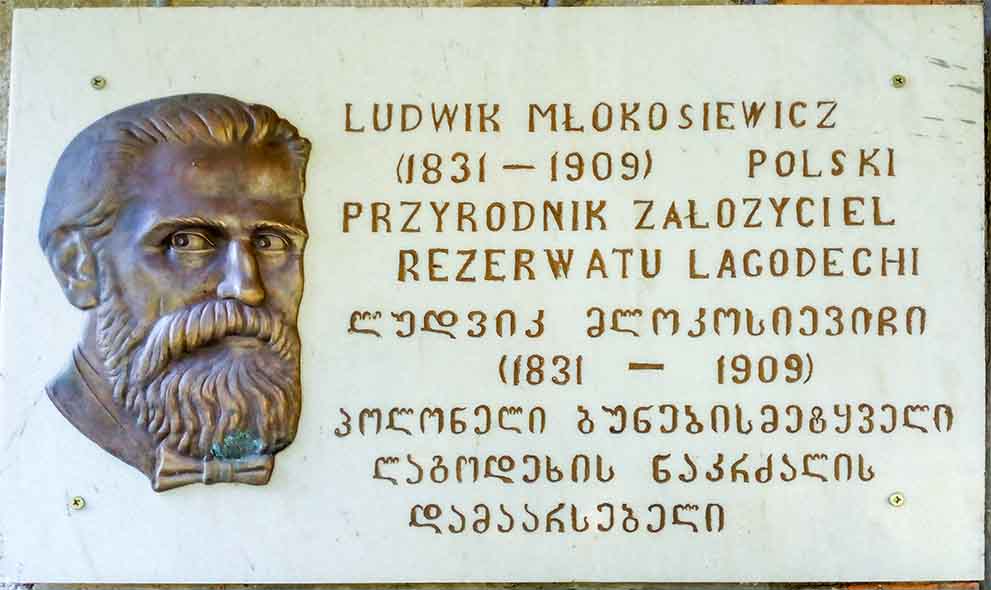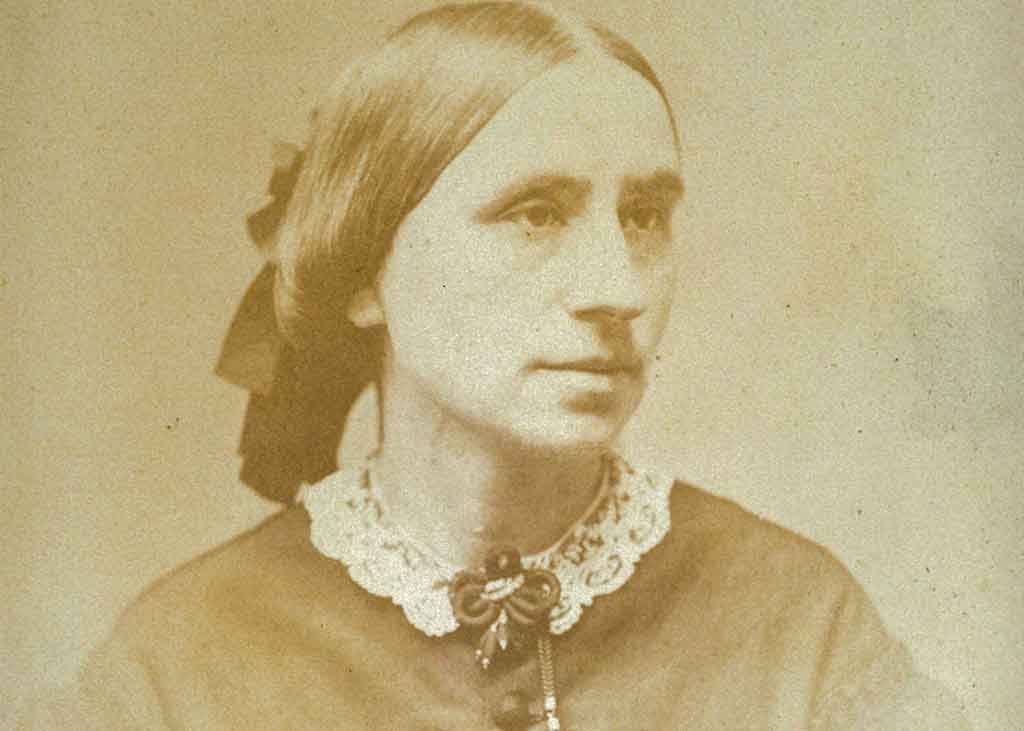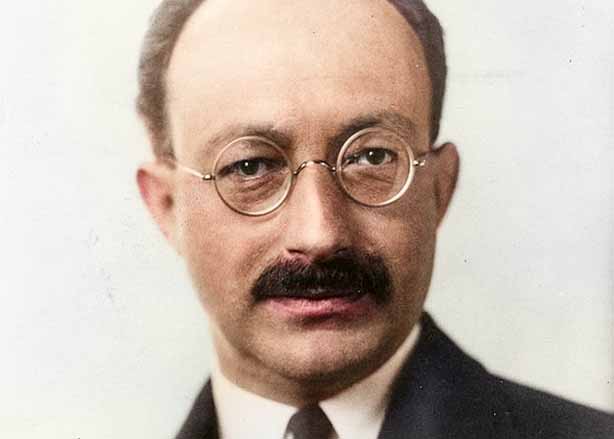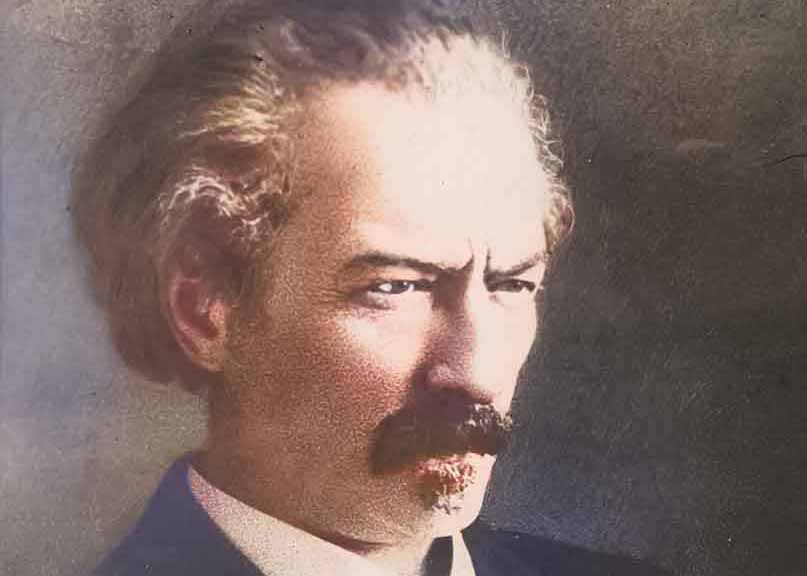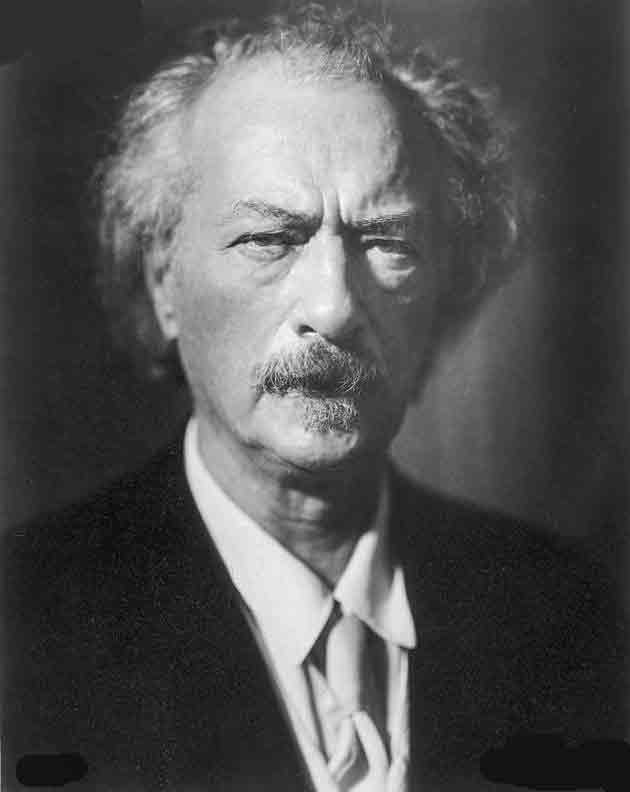Born on January 27, 1861 in Bochnia, he spent the first years of his life in Krakow in the dressing room of his mother, Helena Modrzejewska. When she went to work in Warsaw, Rudolf was taken care of by his grandmother. He was multi-talented — from an early age he played the piano well and showed interest in technology. He decided that he wanted to build bridges in the future at the age of 14, fascinated by the project of building the Panama Canal. In 1876, together with his mother and her husband Karol Chłapowski, he went to America, where he started using the surname Modjeski, which was easier for Americans to pronounce. However, Polish was spoken at home, and his mother cultivated Polish traditions. He was constantly learning to play the piano, and his partner was his friend, Ignacy Jan Paderewski.
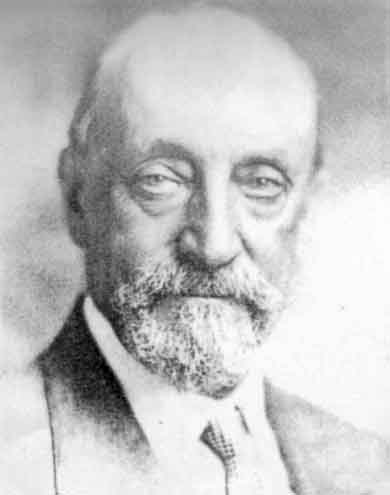
Rudolf Modrzejewski a.k.a. Ralph Modjeski(Source: Wikipedia)
He studied bridge engineering at the prestigious École des Ponts at Chaussées in Paris. With his engineering diploma in 1885, he went to Poland to become engaged to Felicja Bendówna. The bride and groom got married in a Polish church in New York.
His first job was in the office of the distinguished designer George S. Morison. He gained experience, although he earned little. He was supported by his mother, who had already had significant successes on the stage of American theaters. In 1893 he decided to start working on his own. He founded the Modjeski & Masters construction company in Chicago, which quickly gained recognition and prestige. It is still in operation today.

Metropolis Bridge over the Mississippi River in 2022 (Source: Wikipedia)
Modrzejewski implemented his first impressive project on the border of Iowa and Illinois. He designed a double-decker bridge over the Mississippi River and supervised its construction. The construction was innovative — there was a railway line on the upper level, a road for cars on the lower level, and the whole thing was connected by a rotating span, thanks to which ships could pass. The work is still breathtaking in its size. In 1903, its designer was honored with the title of engineer of the year, and the American press declared him the most outstanding bridge builder in America.
Modrzejewski's subsequent achievements are even more spectacular. The Benjamin Franklin Bridge in Philadelphia, commissioned in 1926, has a span of over 500 meters and is the largest such structure in the world. Another bridge of this type, built three years later in Detroit, has even longer spans. In total, Modrzejewski designed approximately 40 bridges over America's largest rivers during his long professional life. Over time, he specialized in the construction of suspension bridges, which at that time were the pinnacle of innovative design and material solutions. He used the most modern steel alloys, poured reinforced concrete on the spans, and replaced brick towers with steel structures. He opened a research department in his company that checked the strength of materials of individual elements of future structures.

Ben Franklin Bridge, Philadelphia (Source: Wikipedia)
At the same time, he shared his knowledge and experience by publishing scientific works. His bridge design manual, Standard Design for Steel Bridges, was a seminal reference for bridge builders for decades to come. He received a doctorate in engineering from the University of Illinois, and the Lviv University of Technology awarded him an honorary doctorate. The Americans awarded him many prestigious awards, including: John Fritz Gold Medal, the most important distinction awarded in the engineering industry. The French also appreciated him, awarding him the cross of the Legion of Honor, and in Poland he received an award at the General National Exhibition in Poznań.
His student is Joseph B. Strauss, the designer of the Golden Gate Bridge in San Francisco — the most famous bridge in America. Modrzejewski's engineering masterpieces are still considered the greatest achievements of technology, many of them are the most valuable monuments included on the prestigious List of US Monuments. Most are still used.
"The son of one of the greatest creators of acting fiction became one of the boldest constructors in the world," Helena Modrzejewska wrote about him in her diary.
Every year, the Americans award the Ralph Modjeski Award for Excellence in Transportation Design, Preservation and Archeology to outstanding designers whose achievements influence the improvement of transportation systems.
Translation from Polish by Andrew Woźniewicz.









